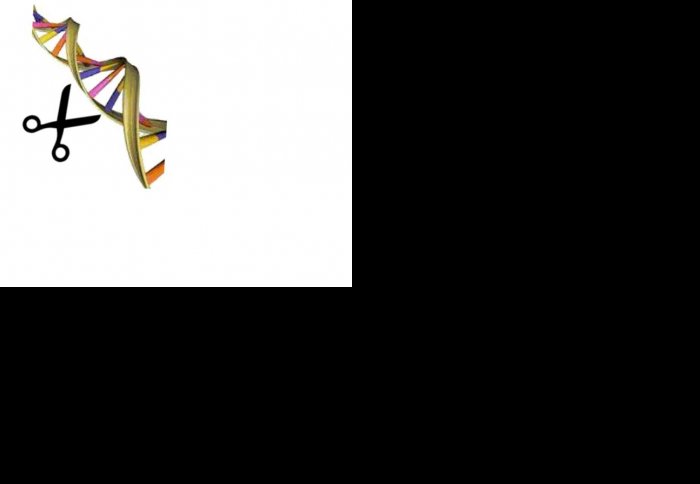New paper on oxidative damage of DNA published

We report on a new tri-copper complex that cleaves DNA very efficiently without need for external co-reductants (Chem Eur J, 2012, 18, 15133).
A new disubstituted terpyridine ligand and the corresponding tri-copper(II) complex have been prepared and characterised. The binding affinity and binding mode of this tri-copper complex (as well as the previously reported mono- and a di-copper analogues) towards duplex DNA were determined using UV-vis spectroscopic titrations and fluorescent indicator displacement (FID) assays. These studies showed the three complexes to bind moderately (in the order of 104 M-1) to duplex DNA (ct-DNA and a 26-mer sequence). Furthermore, the number of copper centres and the nature of the substituents were found to play a significant role in defining the binding mode (intercalative or groove binding). The nuclease potential of the three complexes was investigated using circular plasmid DNA as a substrate and analysing the products by agarose gel electrophoresis. The cleaving activity was found to be dependent on the number of copper centres present (cleaving potency was in the order: tri-copper > di-copper > mono-copper). Interestingly, the tri-copper complex was able to cleave DNA without the need of external co-reductants. As this complex displayed the most promising nuclease properties, cell based studies were carried out to establish whether there was a direct link between DNA cleavage and cellular toxicity. The tri-copper complex displayed high cytotoxicity against four cancer cell lines. Of particular interest was that it displayed high cytotoxicity against the cisplatin-resistant MOLT-4 leukaemia cell line. Cellular uptake studies showed that the tri-copper complex was able to enter the cell and more importantly localise in the nucleus. Immunoblotting analysis (used to monitor changes in protein levels related to the DNA damage response pathway) and DNA-flow cytometric studies suggest that this tri-copper(II) complex is able to induce cellular DNA damage. (Publication: Chem Eur J, 2012, Vol:18, Pages:15133-1514; publication doi)
Article text (excluding photos or graphics) © Imperial College London.
Photos and graphics subject to third party copyright used with permission or © Imperial College London.
Reporter
Prof. Ramon Vilar
Department of Chemistry